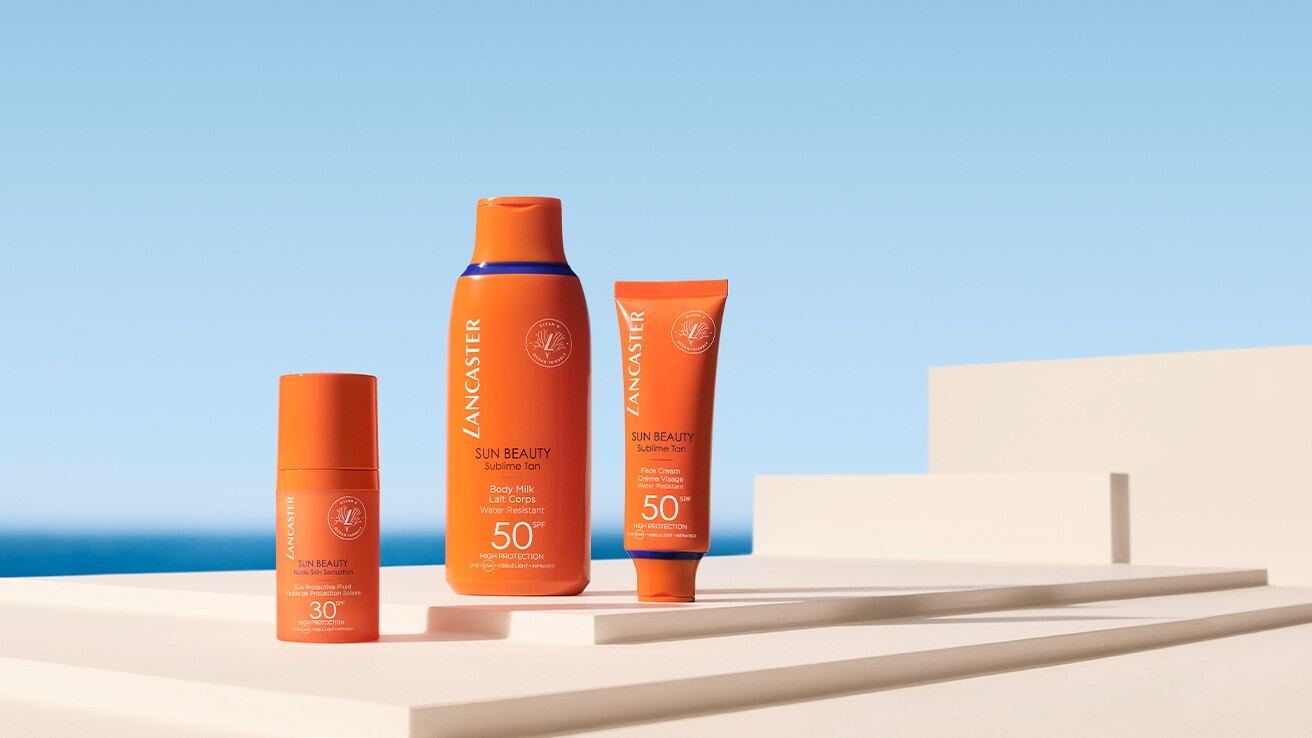The study found that 25% of the adult female acne (AFA) patients had raised fasting blood glucose (FBG) levels, 55% had an abnormal HOMA-IR index which measured insulin resistance, and 91.6% of them had at least one lipid alteration.
Raised hormonal parameters were also noted for AFA patients.
There was, however, no association found between acne severity and the aforementioned parameters. Similarly, no link was found between acne severity and Body Mass Index (BMI).
The study
The findings were published in the Journal of Cosmetic Dermatology, and the authors come from the Lady Hardinge Medical College in New Delhi, India.
This was a cross-sectional observational study, conducted from November 2018 to March 2020.
It involved 60 diagnosed AFA patients, age ranging between 26-41 years, coming from the Dermatology outpatient department of a tertiary care hospital in North India. Women on hormonal therapy, contraceptives, who are postmenopausal, and pregnant or lactating were excluded from the study.
In the study, the patients first had a detailed history of their AFA taken, and underwent a clinical assessment to find out the severity of their AFA.
Subsequently, they went through some tests to assess potential biochemical and hormonal abnormalities associated with their AFA condition.
The authors later did a statistical analysis on the collected data, using the social science (SPSS) software and Microsoft Excel.
Biochemical abnormalities in AFA patients
The authors found a correlation between AFA and raised FBG levels (25%) and insulin levels (10%), respectively:
“Insulin and IGF-1 increase sebum production and also increases synthesis and bioavailability of androgen. Raised insulin levels suppresses sex hormone binding globulin (SHBG) concentration, increases androgen levels and contributes to acne. IGF-1 stimulates lipid synthesis in sebaceous glands through induction of sterol response element binding protein-1 (SREBP1). This overstimulated SREBP1 increases sebum production and enhances concentration of monounsaturated fatty acids in sebum and thus, increases colonization of P. acnes and acne formation.”
The study also elicited that 55% of the patients had raised levels of insulin resistance which was evaluated using the HOMA-IR index.
It should be noted that in another study, Balta et al. – that was used as a point of comparison – no statistically significant results were found in the cases and controls for both FBG and insulin resistance.
They also found that 91.6% of the patients had an elevated lipid profile, and this was significantly higher relative to other studies. The authors attributed their result to the possibility of other influencing factors, such as diet, genetics, race, smoking and socioeconomic status.
Hormonal troubles
Other studies have shown that women make up most of AFA patients. Some reasons include hormonal alteration, stress, use of cosmetics and exposure to hot and humid conditions.
“Androgens such as TT, dehydroepiandrosterone sulfate (DHEA-S) and DHT regulate genes which are responsible for sebaceous gland growth and sebum production. Serum androgens can act directly on sebaceous gland or it may be more sensitive to effect of androgens,” the paper reports.
The results from this study corroborated with the report, as raised levels of hormones were noted in the patients involved, namely TT (6.7% of the patients), LH (3.3%), serum TT (6.7%), serum FSH (18.3%), serum TSH (15%), PRL (3.3%), and LH/FSH ratio (1:1).
The authors stated that women with hyperprolactinemia and PCOS are also more likely to suffer from AFA.
The former might present with hyperandrogenic signs like hirsutism and acne, due to the increased secretion of hormones.
Women with PCOS are more prone to acne, as they tend to be overweight, and have higher serum androgen levels and insulin resistance.
Concluding the findings, the authors emphasised the importance of including measurements around lipid profile and insulin resistance, rather than only measuring for serum insulin levels.
They also recommend for routine screening and management of lipid abnormalities, FBG and calculation of HOMA-IR index in AFA.
Source: Journal of Cosmetic Dermatology
“Biochemical and hormonal abnormalities in adult female acne”
DOI: 10.1111/jocd.15588
Authors: Meena, A.K., et al.




